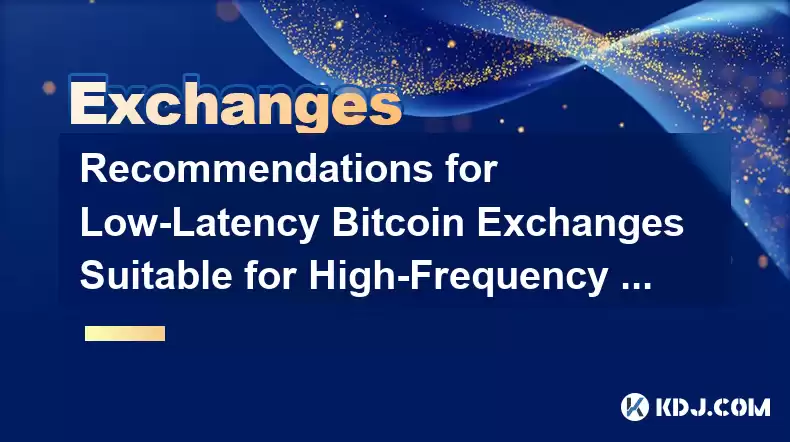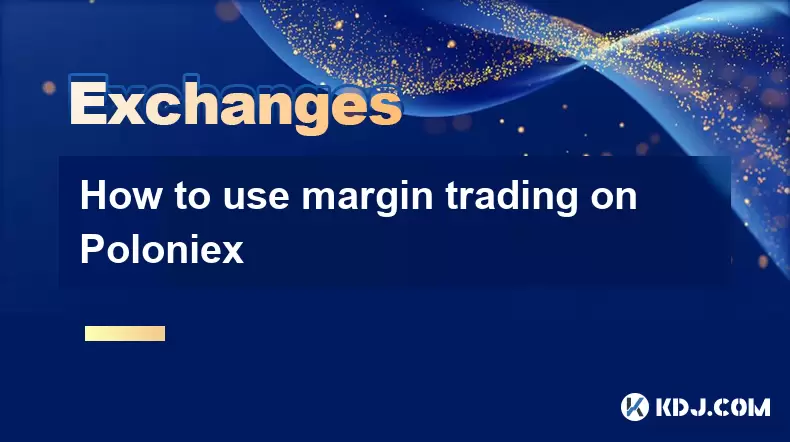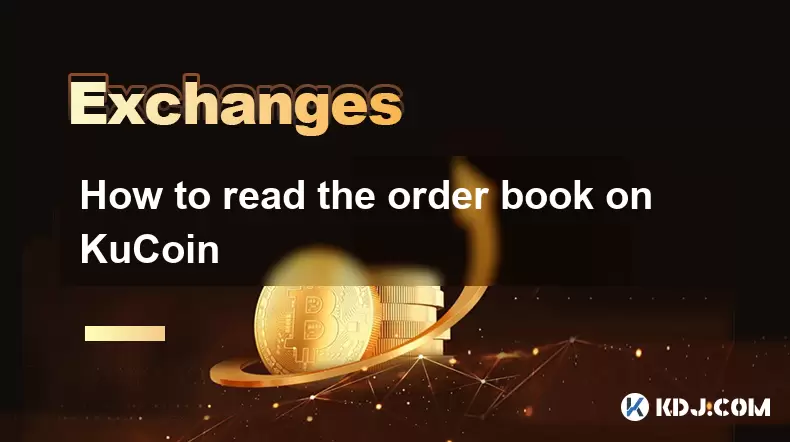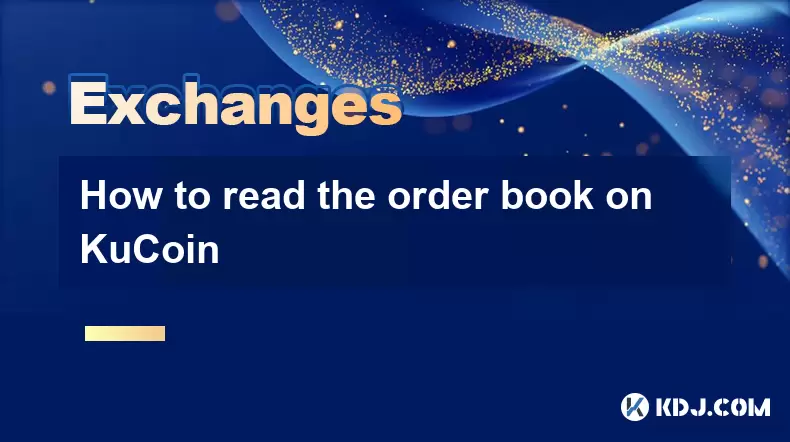-
 Bitcoin
Bitcoin $119000
-2.21% -
 Ethereum
Ethereum $4310
-0.36% -
 XRP
XRP $3.161
-3.22% -
 Tether USDt
Tether USDt $1.000
0.03% -
 BNB
BNB $812.2
-1.26% -
 Solana
Solana $176.5
-5.11% -
 USDC
USDC $1.000
0.03% -
 Dogecoin
Dogecoin $0.2260
-5.88% -
 TRON
TRON $0.3467
1.53% -
 Cardano
Cardano $0.7865
-5.01% -
 Chainlink
Chainlink $21.63
-3.31% -
 Hyperliquid
Hyperliquid $43.59
-5.84% -
 Stellar
Stellar $0.4382
-3.25% -
 Sui
Sui $3.697
-6.32% -
 Bitcoin Cash
Bitcoin Cash $596.6
3.58% -
 Hedera
Hedera $0.2495
-6.30% -
 Ethena USDe
Ethena USDe $1.001
-0.01% -
 Avalanche
Avalanche $23.16
-5.65% -
 Litecoin
Litecoin $120.0
-4.63% -
 Toncoin
Toncoin $3.389
-0.42% -
 UNUS SED LEO
UNUS SED LEO $9.014
-1.12% -
 Shiba Inu
Shiba Inu $0.00001309
-5.32% -
 Uniswap
Uniswap $11.37
0.83% -
 Polkadot
Polkadot $3.917
-5.45% -
 Cronos
Cronos $0.1680
-0.46% -
 Dai
Dai $1.000
0.01% -
 Ethena
Ethena $0.8057
-4.53% -
 Bitget Token
Bitget Token $4.423
-1.61% -
 Monero
Monero $263.2
-1.83% -
 Pepe
Pepe $0.00001133
-7.81%
Recommendations for Low-Latency Bitcoin Exchanges Suitable for High-Frequency Traders in 2025
In Bitcoin high-frequency trading, low latency—the speed of order execution and data access—is crucial, as even milliseconds can mean the difference between profit and loss due to the market's volatility.
Mar 18, 2025 at 02:15 pm

1. Understanding the Importance of Low - Latency in Bitcoin High - Frequency Trading
2. Key Features of Low - Latency Bitcoin Exchanges
Advanced Matching Engines:
A high - performance matching engine is the core of a low - latency exchange. Exchanges like BitMEX have been known for their efficient matching engines. These engines are designed to handle a large number of orders simultaneously and match buy and sell orders with minimal delay. They use algorithms that can quickly process and execute orders based on price, time, and other order - matching criteria. For example, a modern matching engine can match orders in microseconds, ensuring that traders' orders are executed as soon as a suitable counter - party is available.
Some exchanges use hardware - accelerated matching engines. These engines use specialized hardware, such as field - programmable gate arrays (FPGAs), to speed up the order - matching process. FPGAs can perform complex calculations much faster than traditional CPUs, reducing the latency associated with order processing.
Ultra - Fast Data Feeds:
Real - time and low - latency data feeds are essential for high - frequency traders. Exchanges need to provide up - to - the - second market data, including price quotes, order book updates, and trade executions. Binance, for example, offers a high - speed data feed that allows traders to receive market data with minimal delay. This data feed is often provided via WebSocket protocols, which are designed for real - time, bidirectional communication between the exchange and the trader's trading platform.
To further reduce latency in data delivery, some exchanges use content delivery networks (CDNs). CDNs are a network of servers distributed globally. When a trader requests market data, the CDN serves the data from the server closest to the trader's location. This significantly reduces the time it takes for the data to travel from the exchange's servers to the trader's terminal, improving the overall latency of the data feed.
Low - Latency Order Routing:
Efficient order routing is another critical feature of low - latency exchanges. When a trader places an order, the exchange needs to route it to the appropriate market or liquidity pool as quickly as possible. Some exchanges use smart order routing algorithms that can analyze multiple liquidity sources and choose the one with the best price and the lowest latency for order execution. For example, an exchange might route an order to a particular market maker or a liquidity pool that has a reputation for fast order execution and tight spreads.
Direct market access (DMA) is also a feature that some low - latency exchanges offer. DMA allows traders to bypass intermediaries and directly access the exchange's order book. This reduces the number of hops an order has to take, thereby decreasing the overall latency. With DMA, traders can place orders directly into the exchange's matching engine, resulting in faster order execution.
3. Evaluating Bitcoin Exchanges for Low - Latency Trading
Latency Testing Tools:
There are several tools available for traders to test the latency of Bitcoin exchanges. One such tool is the ping utility. While simple, it can give traders a basic idea of the round - trip time between their trading terminal and the exchange's servers. However, for more accurate and detailed latency testing, specialized trading analytics platforms are often used. These platforms can measure the time it takes for an order to be sent, processed, and executed, providing a more comprehensive view of the exchange's latency.
Some exchanges also provide their own latency monitoring tools. These tools allow traders to monitor the real - time latency of the exchange's services, such as order processing and data feeds. By using these tools, traders can quickly identify any latency issues and make informed decisions about whether to continue trading on the exchange.
Network Infrastructure:
The network infrastructure of an exchange plays a significant role in determining its latency. Exchanges that have redundant and high - speed network connections are more likely to offer low - latency trading. For example, an exchange that is connected to multiple Tier - 1 Internet service providers (ISPs) can ensure that there is no single point of failure in its network. In case one ISP experiences an outage or congestion, the exchange can automatically switch to another ISP, maintaining a stable and fast connection for traders.
The location of the exchange's data centers also matters. Exchanges with data centers located in major financial hubs, such as New York, London, or Hong Kong, can benefit from the high - speed network infrastructure in these areas. Additionally, colocating trading servers in the same data center as the exchange can significantly reduce latency. Traders can rent server space in the exchange's data center and connect their trading systems directly to the exchange's network, minimizing the distance that data has to travel.
Exchange Reputation and Uptime:
A reliable exchange with a good reputation for uptime is essential for high - frequency trading. Exchanges that experience frequent outages or system glitches can cause significant disruptions to trading strategies. For example, if an exchange goes down during a period of high market volatility, high - frequency traders may miss out on profitable trading opportunities or be unable to execute stop - loss orders, resulting in potential losses.
Reputable exchanges often publish their uptime statistics. Traders should look for exchanges with an uptime of at least 99.9% or higher. Additionally, exchanges that have a history of quickly resolving any technical issues and providing transparent communication to their users are more likely to be suitable for high - frequency trading.
4. Strategies for Optimizing Low - Latency Trading on Bitcoin Exchanges
Algorithmic Trading:
Algorithmic trading is a popular strategy among high - frequency traders. By using pre - programmed algorithms, traders can automate their trading decisions and execute orders much faster than manual trading. For example, an algorithm can be designed to monitor the order book and place a buy or sell order as soon as a certain price threshold is reached. These algorithms can be optimized to reduce latency by minimizing the number of calculations and data requests.
Some algorithms use machine learning techniques to adapt to changing market conditions. These machine - learning - based algorithms can analyze historical market data and real - time market trends to make more accurate trading decisions. For instance, an algorithm might learn to predict price movements based on patterns in order book depth and trading volume, allowing it to place orders more profitably and with lower latency.
Co - Location and Proximity Hosting:
As mentioned earlier, co - locating trading servers in the same data center as the exchange can significantly reduce latency. Proximity hosting is a similar concept, where trading servers are placed in close proximity to the exchange's data center. This reduces the physical distance that data has to travel between the trader's server and the exchange's servers, resulting in lower latency.
Many exchanges offer co - location and proximity hosting services to their users. Traders can rent server space in the exchange's data center or in a nearby data center that is connected to the exchange's network with high - speed links. By using these services, traders can ensure that their trading systems are as close as possible to the exchange's matching engine, improving the speed of order execution.
Risk Management in Low - Latency Trading:
While low - latency trading offers the potential for high profits, it also comes with increased risks. High - frequency traders need to have robust risk management strategies in place. One such strategy is setting strict stop - loss and take - profit levels. Stop - loss orders can be used to limit potential losses if the market moves against the trader's position. Take - profit orders, on the other hand, can be used to lock in profits when the market reaches a certain price target.
Another risk management strategy is diversifying trading strategies and not relying too heavily on a single trading approach. By using multiple trading strategies, traders can reduce their exposure to any one type of risk. For example, a trader might use a combination of arbitrage, market - making, and trend - following strategies to spread risk across different market conditions.
5. Top Low - Latency Bitcoin Exchanges in 2025
Kraken:
Kraken has been a leading Bitcoin exchange for many years and has made significant investments in its technology infrastructure to reduce latency. It offers a high - performance matching engine that can handle a large volume of orders with low latency. The exchange also provides real - time market data feeds with minimal delay, allowing high - frequency traders to make informed decisions quickly.
Kraken has a global presence, with data centers located in multiple regions. This helps to reduce latency for traders in different parts of the world. Additionally, the exchange offers advanced trading features, such as margin trading and futures trading, which are popular among high - frequency traders.
Gemini:
Gemini is known for its regulatory compliance and security, but it also offers low - latency trading capabilities. The exchange uses a state - of - the - art matching engine and provides fast and reliable order execution. Gemini's data feeds are designed to deliver real - time market data with high accuracy and low latency.
The exchange has a user - friendly trading interface, which is also important for high - frequency traders who need to quickly access and analyze market data. Gemini also offers API access for traders who want to develop their own trading strategies and integrate them with the exchange's platform.
Bitstamp:
Bitstamp has a long - standing reputation in the Bitcoin exchange market. It has continuously upgraded its technology to offer low - latency trading services. The exchange's matching engine is optimized for speed, and it provides direct market access to traders, reducing the number of intermediaries and lowering latency.
Bitstamp offers a variety of trading pairs, including Bitcoin and other major cryptocurrencies. This allows high - frequency traders to diversify their trading strategies across different markets. The exchange also has a strong customer support team, which can be helpful for traders who encounter any issues during high - frequency trading.
Disclaimer:info@kdj.com
The information provided is not trading advice. kdj.com does not assume any responsibility for any investments made based on the information provided in this article. Cryptocurrencies are highly volatile and it is highly recommended that you invest with caution after thorough research!
If you believe that the content used on this website infringes your copyright, please contact us immediately (info@kdj.com) and we will delete it promptly.
- Dogecoin, Presale, Surge: Riding the Meme Coin Wave
- 2025-08-12 11:10:12
- Dogecoin, Tron, and the ROI Reality Check: What's a Crypto Investor to Do?
- 2025-08-12 11:15:12
- Ethereum Layer-2 Scaling Competition Heats Up as ETH Breaks $4K
- 2025-08-12 10:30:12
- China Regulation, Stablecoins, and BNB Presale: Navigating the Crypto Landscape
- 2025-08-12 11:30:12
- Meme Coins, Investment, and Token Burns: What's Hot in 2025?
- 2025-08-12 10:30:12
- China's National Security Alarm Bells Ring Over Worldcoin's Iris Scans
- 2025-08-12 11:35:12
Related knowledge

How to use margin trading on Poloniex
Aug 08,2025 at 09:50am
Understanding Margin Trading on Poloniex

How to read the order book on KuCoin
Aug 10,2025 at 03:21pm
Understanding the Order Book Interface on KuCoinWhen accessing the order book on KuCoin, users are presented with a real-time display of buy and sell ...

How to read the order book on KuCoin
Aug 12,2025 at 02:28am
Understanding the Basics of Staking in CryptocurrencyStaking is a fundamental concept in the world of blockchain and cryptocurrencies, particularly wi...

How to set price alerts on Kraken
Aug 11,2025 at 08:49pm
Understanding Price Alerts on KrakenPrice alerts on Kraken are tools that allow traders to monitor specific cryptocurrency pairs for price movements. ...

How to earn cashback rewards on Crypto.com
Aug 12,2025 at 02:08am
Understanding Cashback Rewards on Crypto.comCashback rewards on Crypto.com are a feature designed to incentivize users to spend using their Crypto.com...

How to use advanced trading on Gemini
Aug 08,2025 at 04:07am
Understanding Advanced Trading on GeminiAdvanced trading on Gemini refers to a suite of tools and order types designed for experienced traders who wan...

How to use margin trading on Poloniex
Aug 08,2025 at 09:50am
Understanding Margin Trading on Poloniex

How to read the order book on KuCoin
Aug 10,2025 at 03:21pm
Understanding the Order Book Interface on KuCoinWhen accessing the order book on KuCoin, users are presented with a real-time display of buy and sell ...

How to read the order book on KuCoin
Aug 12,2025 at 02:28am
Understanding the Basics of Staking in CryptocurrencyStaking is a fundamental concept in the world of blockchain and cryptocurrencies, particularly wi...

How to set price alerts on Kraken
Aug 11,2025 at 08:49pm
Understanding Price Alerts on KrakenPrice alerts on Kraken are tools that allow traders to monitor specific cryptocurrency pairs for price movements. ...

How to earn cashback rewards on Crypto.com
Aug 12,2025 at 02:08am
Understanding Cashback Rewards on Crypto.comCashback rewards on Crypto.com are a feature designed to incentivize users to spend using their Crypto.com...

How to use advanced trading on Gemini
Aug 08,2025 at 04:07am
Understanding Advanced Trading on GeminiAdvanced trading on Gemini refers to a suite of tools and order types designed for experienced traders who wan...
See all articles

























































































